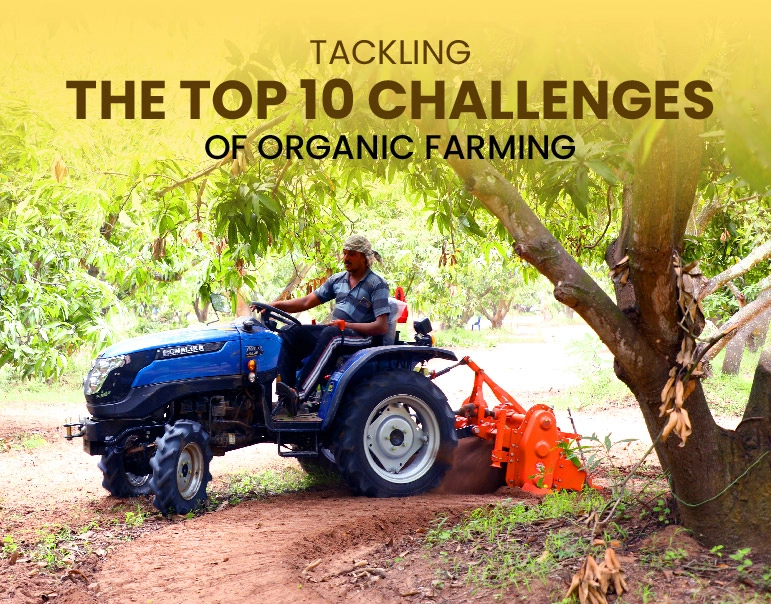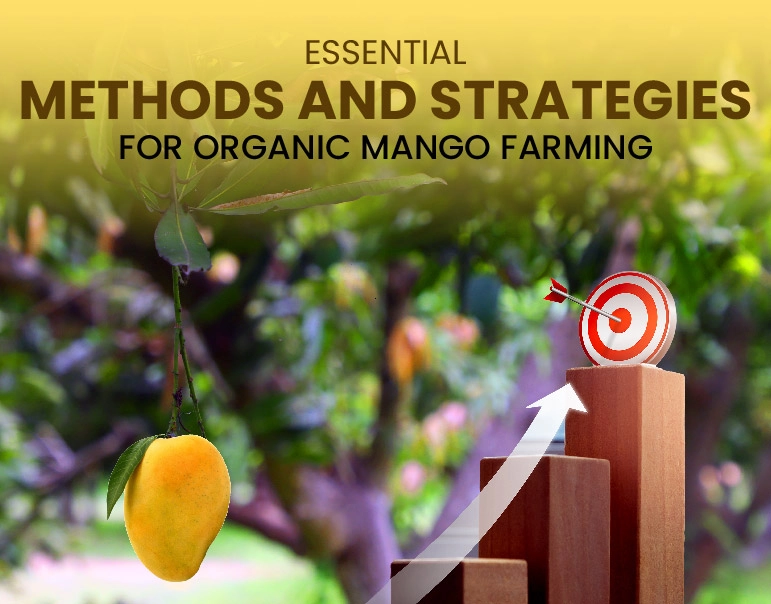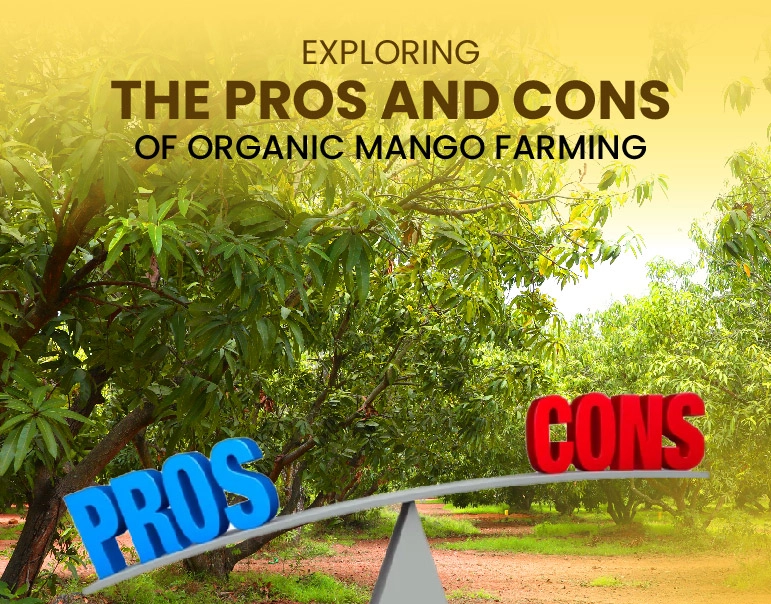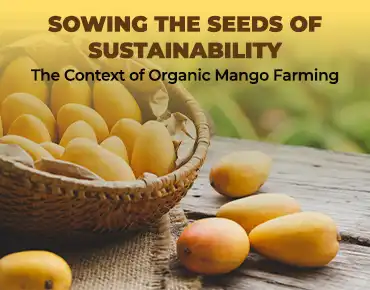Top Five Reasons Agriculture is Key to India's Economic Success
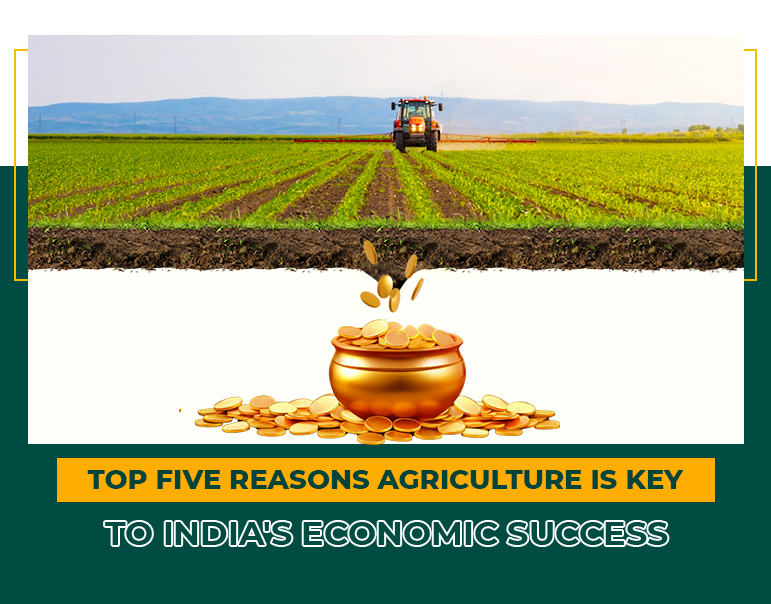

Agriculture has been the cornerstone of India's economy for hundreds of years, significantly contributing to the country's growth and progress. Over half of the people in the country depend on farming for a living, which makes it a big part of job creation, food security, and foreign earnings. India is becoming more modern, but the agricultural sector is still a key part of the country's economic growth. It combines custom and innovation to meet needs in India and around the world.
A country with more than 1.4 billion people needs agriculture to make sure everyone has enough food. As one of the biggest makers of staple foods like rice, wheat, and pulses, India makes sure that its people can always eat what they need. In addition to staple foods, the agricultural industry helps make fruits, vegetables, and dairy products, which makes the food basket more varied. Without a robust farming base, India would struggle to ensure food availability and affordability, leading to widespread malnutrition and potential food shortages. Productivity has also gone up thanks to improvements in crop technology and watering methods, which have helped keep food supplies steady.
As a result, more than half of the people in India depend on agriculture for their income. People in rural India make most of their money from farming and related businesses. Millions of people work in fields like farming, raising animals, fishing, and silk production. Besides direct jobs, the field also creates indirect jobs in areas like transportation, storage, and making agricultural equipment. Governments know that agriculture is a key part of reducing poverty and improving rural areas, so they have put a lot of money into rural infrastructure and programs to help farms.
India is a big player in the market for farming exports around the world. International buyers want a lot of things, like Basmati rice, spices, tea, coffee, and fruits. These exports not only bring in money, but they also make India a stable food supplier around the world. India, for example, sends billions of dollars worth of Basmati rice to other countries every year. Value-added agricultural goods such as processed foods and organic produce, increasingly making their presence in high-end global markets, also contribute to India's economic growth.
Services and businesses have grown, reducing India's agricultural GDP share, but it remains vital. Agriculture supports secondary businesses like food processing, packaging, and logistics. This has a significant impact on the overall economy. In India, many state economies are mainly agricultural, meaning that they depend on farms for most of their income. Investing in technology, irrigation, and storage has increased output and decreased waste, making agriculture's contribution to the GDP even greater.
An important part of India's pursuit of sustainability is agriculture. The use of renewable energy in agriculture, the promotion of agroforestry, and organic farming methods are facilitating a greener future. Cutting-edge techniques such as precision farming, hydroponics, and drone crop monitoring have revolutionized the industry. Sustainable farming methods preserve natural resources like soil and water while simultaneously increasing productivity. India's agriculture industry is adapting to meet future demands sustainably by addressing environmental issues.
India's economy still depends heavily on agriculture, which promotes innovation and exports while addressing issues of food security, employment, and rural development. Its diverse function emphasizes how crucial it is to determine the resilience and progress of the nation. India's agricultural sector will continue to be a crucial pillar of its economy as it modernizes and diversifies its methods, guaranteeing wealth for future generations.




